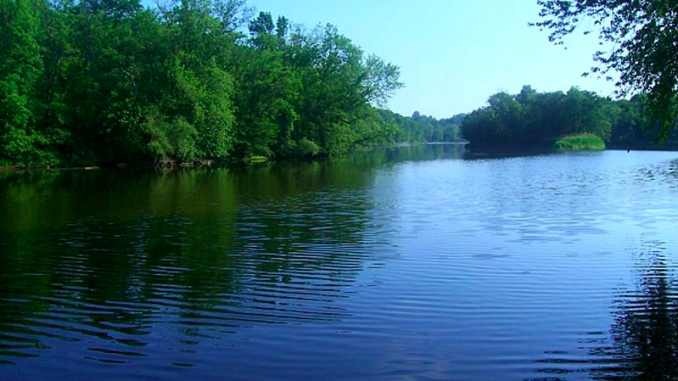
The Wallkill Valley Rail Trail may neighbor a second pathway with the development of recreational waterway in the works, according to Orange County officials.
The trail would run parallel to the Wallkill Valley Rail Trail and connect kayakers and boaters to the Wallkill Wildlife Refuge, Heritage Rail Trail and Gov. Cuomo’s Empire State Trail. Additionally, the initiative would include an increased number of trail signs and a responsive mobile website where access points, river depths and public paddling events would be posted to further public interest and interaction.
According to the Wallkill River Watershed Alliance (WRWA), the river flows north from Lake Mohonk in Sparta, New Jersey up into Rondout Creek in Rifton, New York. Between the two states, there are 48 municipalities in the watershed.
The proposed pathway was announced by the Orange County Planning Department (OCPD) Commissioner David Church at the WRWA’s fourth annual Wallkill River Summit (WRS) on Tuesday, April 11 at SUNY New Paltz. It was one of many initiatives proposed to improve the condition and usage of the river.
“Knowing there are more people getting outside, we wanted to improve that experience by creating the trail,” Church said.
According to Church, Orange County recieved an $8,500 grant from the Hudson River Valley Greenway to fund the project. The OCPD and the WRWA will donate volounteer service and hire an expert to evaluate the work needed on the trail.
There are currently 14 total boat launches scattered across the Wallkill River: eight of which are in Orange County, while the other six are located in Ulster County. The New Paltz boat launches are located at the Ulster County Fairgrounds, Sojourner Truth Park and Springtown Road Open Space Site. Church hopes to create more boat launches across the 90 miles of the river.
Second-year psychology major Lauren Greene is a member of the SUNY New Paltz outing club, which organizes outdoor excursions in the local Catskill region for students. While the club has yet to organize a trip on the Wallkill River, she think this initiative may intrigue more nature lovers.
“We usually go to Esopus or local swimming spots in the Catskills and Gunks because the Wallkill is neglected and seems polluted” Greene said. “We would consider running more frequent, quick trips kayaking down Wallkill because of its accessibility.”
In 2015 and 2016, harmful algal blooms erupted across miles of the Wallkill river, making it unfit for recreational use. Despite this, the New York Department of Environmental Conservation categorizes the upper, lower and middle WRW as “inor Impacts” area. While at certain times the river may be impassable, current efforts to clean and research the river aim to reduce the frequency of such blooms.
Jason West, President of the WRWA, is excited about the attention this trail will bring to both the beauty of the river and the challenges it faces.
“Eco-tourism is such a large part of the economy [of New York],” West said. “The more people we get out on the river, the more people will fall in love with it and will want to get involved with improving it.”

